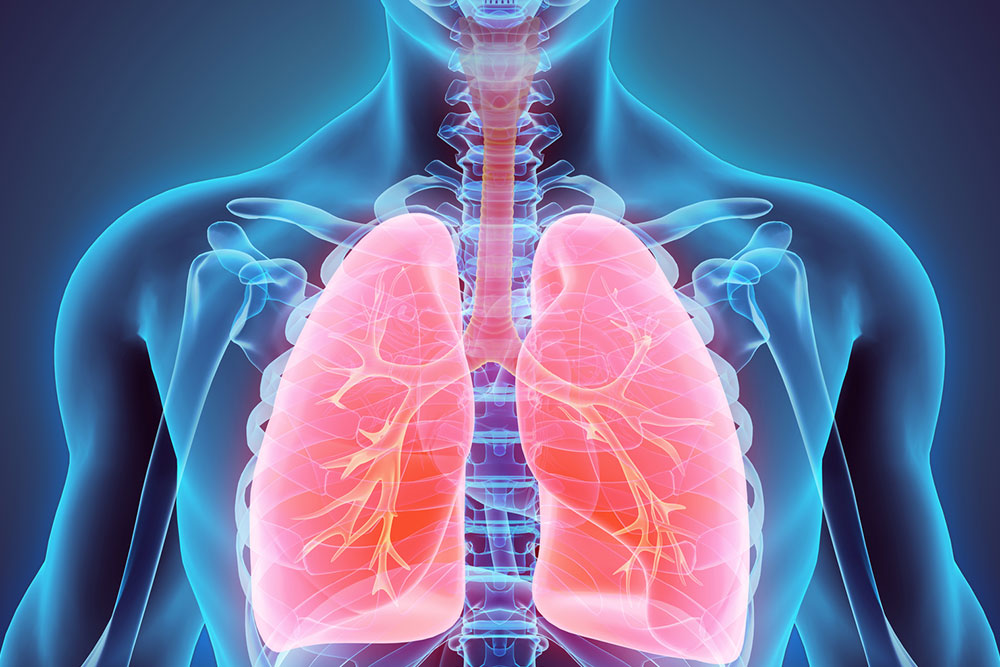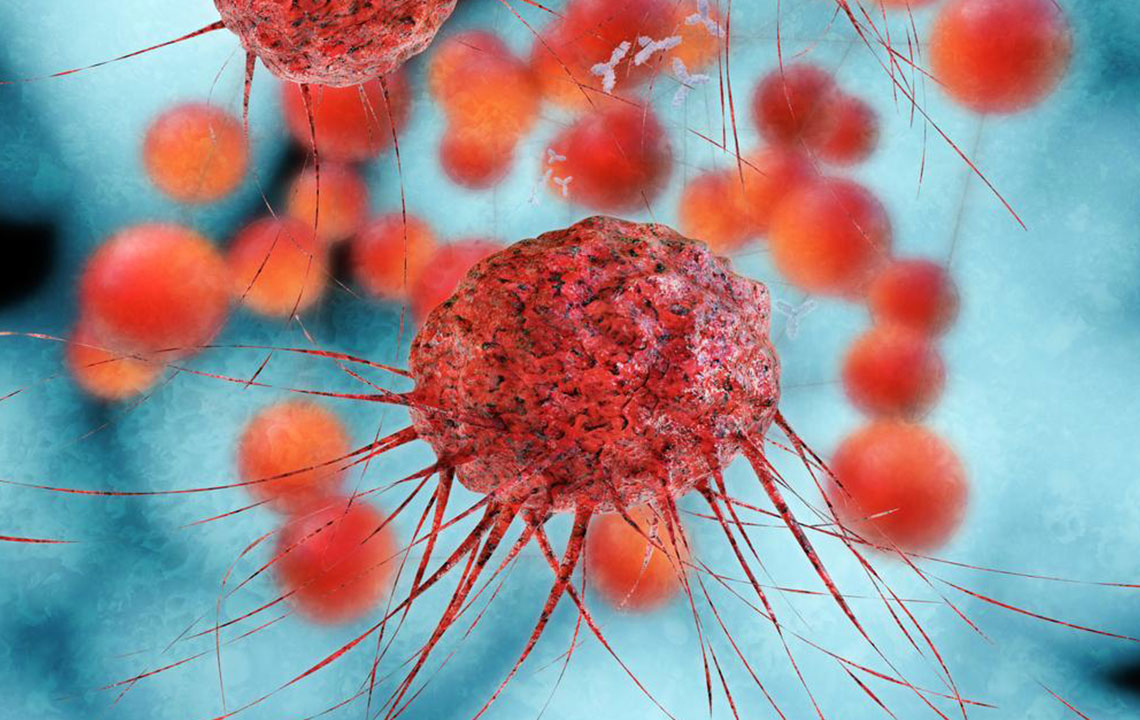A Complete Guide to Metastatic Breast Cancer: Symptoms, Treatments, and Support Strategies
This comprehensive guide explores metastatic breast cancer, detailing symptoms, diagnostic methods, and current treatment options. It emphasizes personalized therapy, supportive care, and recent scientific advancements that have improved patient outcomes. Understanding the complex nature of metastasis enables better management strategies to enhance quality of life for affected individuals.

In-Depth Overview of Advanced Breast Cancer and Its Management
Metastatic breast cancer, also known as stage IV breast cancer, represents the most advanced form of breast cancer where malignant cells have spread beyond the original tumor in the breast to other parts of the body. This progression indicates that cancer has migrated to distant organs, including bones, brain, lungs, and liver, significantly impacting patient health and quality of life. Understanding the complex nature of metastatic breast cancer, its symptoms, diagnostic methods, and treatment options is crucial for patients, caregivers, and healthcare providers. This comprehensive guide aims to shed light on all aspects of metastatic breast cancer, enabling better awareness and management strategies.
Metastasis occurs through the bloodstream or lymphatic system, allowing cancer cells to travel from the primary tumor in the breast to other organs. The process of metastasis is complex and involves multiple genetic and environmental factors that promote tumor cell invasion, survival in circulation, and colonization at new sites. Though the prognosis has historically been poor, recent scientific advances have resulted in improved survival rates and quality of life for many patients.
Common Sites of Metastasis and Their Symptoms
Bone Metastasis
When breast cancer cells invade bones, patients often experience persistent bone or joint pain that worsens with activity. This pain can be dull or throbbing and may be accompanied by swelling or fractures. Additionally, nerve compression might lead to numbness, weakness, or tingling sensations. Some patients report urinary issues, nausea, decreased appetite, and increased thirst if the spinal cord or bones involved affect nerve pathways.
Lung Metastasis
Symptoms of lung involvement typically include a chronic dry cough, shortness of breath, and chest pain. Patients may notice wheezing or coughing up mucus or blood. These signs often resemble respiratory infections but persist despite treatment, indicating possible metastasis. Lung metastasis can reduce oxygen exchange and complicate breathing, requiring prompt medical assessment.
Liver Involvement
When breast cancer spreads to the liver, clinical signs may include jaundice (yellowing of the skin and eyes), abdominal swelling or bloating, itchy skin, rashes, and localized pain in the upper right abdomen. Liver metastasis can impair liver function, leading to abnormal bleeding, easy bruising, and changes in digestion.
Brain Metastasis
Spread to the brain can manifest through various neurological symptoms, including frequent headaches, memory issues, vision changes, confusion, mood swings, and difficulty coordinating movements. Seizures, dizziness, and strokes may occur in severe cases. Brain metastases require specialized imaging and neurologic management to improve symptoms and prolong survival.
Diagnosis and Monitoring of Metastatic Breast Cancer
Detection of metastatic breast cancer involves a combination of imaging techniques and laboratory tests. Common diagnostic tools include mammography, ultrasound, MRI, CT scans, PET scans, and biopsy procedures. Blood tests measuring tumor markers such as CA 15-3 and CEA can assist in monitoring disease progression or response to therapy. Regular imaging is essential to assess treatment efficacy and detect new metastatic sites early.
Current Treatment Strategies for Metastatic Breast Cancer
While metastatic breast cancer remains challenging to cure definitively, advancements in targeted therapies and personalized medicine have significantly improved patient outcomes. Treatment aims to control symptoms, extend survival, and improve quality of life. The approach depends on tumor characteristics, including hormone receptor status, HER2 status, prior treatments, and overall patient health.
Key treatment modalities include:
Hormone Therapy
For tumors driven by estrogen or progesterone, hormone-blocking therapies such as aromatase inhibitors, tamoxifen, or fulvestrant can slow disease progression by depriving cancer cells of hormonal stimulation.
HER2-Targeted Therapy
In cases where tumors overexpress HER2 protein, drugs like trastuzumab, pertuzumab, and ado-trastuzumab emtansine are used to inhibit HER2 signaling, which reduces tumor growth and spread.
Chemotherapy
Chemotherapy remains a cornerstone of treatment for many patients, especially those with triple-negative breast cancer. Agents such as taxanes, anthracyclines, and platinum compounds are administered in cycles to kill rapidly dividing cancer cells, aiming to reduce tumor burden quickly. Side effects may include fatigue, hair loss, nausea, and susceptibility to infections.
Radiation Therapy and Surgery
Localized treatments like radiation can alleviate pain, prevent bone fractures, or reduce tumor size in specific sites. Surgical options might include removing isolated metastases or palliative procedures to improve quality of life.
Targeted and Immunotherapies
Newer agents focus on specific molecular targets within cancer cells, improving efficacy and reducing harm to healthy tissue. Immunotherapy approaches, which boost the body's immune response against cancer, are also being explored and utilized in certain cases.
Throughout treatment, regular medical imaging, blood work, and clinical evaluations help assess response and adjust therapies accordingly.
Supportive and Palliative Care in Metastatic Breast Cancer
Managing metastatic breast cancer involves not only controlling the disease but also providing comprehensive supportive and palliative care. This holistic approach enhances patient comfort, emotional well-being, and overall quality of life.
Key supportive strategies include:
Nutrition and Physical Activity
Proper nutrition plays a vital role in maintaining strength and energy during treatments. Small, frequent Meals can lessen nausea, while balanced diets rich in vitamins and proteins support immune function. Gentle physical activity, such as walking, yoga, or stretching, can reduce stress, improve mood, and promote better sleep.
Psychosocial Support
Psychological well-being is critical for patients coping with advanced cancer. Support groups, counseling, or spiritual care providers can help manage emotional stress and provide a sense of community and hope. Connecting with loved ones and healthcare professionals fosters resilience and mental strength.
Symptom Management
Addressing pain, fatigue, nausea, or other symptoms promptly improves patient comfort. Pain management techniques include medications, nerve blocks, and complementary therapies. Managing side effects of treatments enhances adherence and overall quality of life.
In summary, metastatic breast cancer requires a multidisciplinary approach encompassing targeted treatments, symptom management, and emotional support. Advances in science continue to improve outcomes, prolong survival, and enhance the quality of life for many patients facing this challenging diagnosis.





